Home>Gardening & Outdoor>Landscaping Ideas>Why Is My Zoysia Grass Turning Black
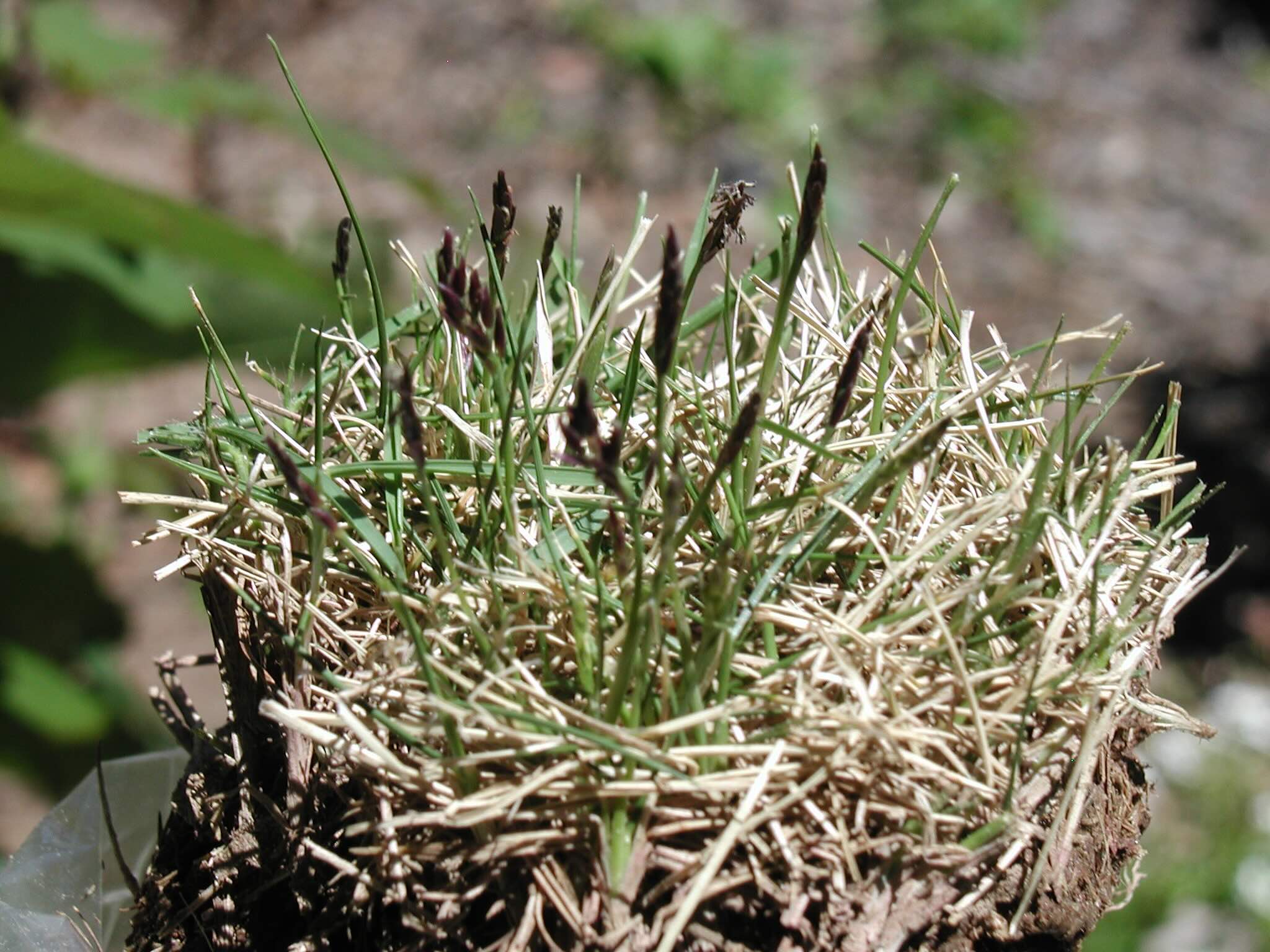

Landscaping Ideas
Why Is My Zoysia Grass Turning Black
Modified: February 18, 2024
Discover effective landscaping ideas to prevent your Zoysia grass from turning black. Learn expert tips to maintain a healthy and vibrant lawn.
(Many of the links in this article redirect to a specific reviewed product. Your purchase of these products through affiliate links helps to generate commission for Storables.com, at no extra cost. Learn more)
Introduction
Zoysia grass is a popular choice for lawns due to its lush, dense growth and ability to withstand various environmental conditions. However, homeowners may encounter the disheartening sight of their once vibrant green Zoysia grass turning black. This unexpected transformation can be alarming, prompting concerns about the health and vitality of the lawn. Understanding the potential causes behind this phenomenon is crucial for effectively addressing the issue and restoring the grass to its former glory.
The darkening of Zoysia grass can stem from a variety of factors, ranging from environmental stressors to fungal infections. By delving into the common causes of this unsettling occurrence, homeowners can gain valuable insights into the specific challenges their Zoysia grass may be facing. Furthermore, learning about preventive measures and treatment options can empower individuals to proactively care for their lawns and mitigate the risk of their Zoysia grass succumbing to the ominous blackening.
In the subsequent sections, we will explore the common culprits behind Zoysia grass turning black, offering practical guidance on how to safeguard the grass from such issues. Additionally, we will delve into effective strategies for revitalizing Zoysia grass that has already undergone the disheartening transformation. By delving into these topics, readers will gain a comprehensive understanding of the complexities surrounding Zoysia grass care, enabling them to nurture vibrant, healthy lawns that exude natural beauty and vitality.
Key Takeaways:
- Zoysia grass turning black can be caused by fungal diseases, excessive thatch, poor air circulation, nutrient deficiencies, and environmental stress. Preventive measures include proper watering, aeration, balanced fertilization, and regular maintenance.
- To treat blackened Zoysia grass, use fungicides for fungal diseases, dethatch and aerate the soil, replenish nutrients, and mitigate environmental stress. These targeted treatments can revitalize the grass and promote its recovery.
Read more: Why Is My Grass Turning Black In Spots
Common Causes of Zoysia Grass Turning Black
Zoysia grass turning black can be attributed to various factors, each with the potential to compromise the health and appearance of the lawn. Understanding these common causes is essential for implementing targeted solutions and preventing further deterioration. Here are the primary culprits behind the unsettling blackening of Zoysia grass:
-
Fungal Diseases: Zoysia grass is susceptible to fungal infections, such as large patch (formerly known as brown patch) and zoysia patch. These diseases thrive in humid conditions and can manifest as circular patches of blackened or darkened grass. Fungal infections often occur when the grass is consistently damp, making it crucial to address drainage issues and avoid overwatering.
-
Excessive Thatch: A thick layer of thatch, comprised of dead grass and organic debris, can impede proper air circulation and water penetration in the soil. This can create a favorable environment for fungal growth and contribute to the blackening of Zoysia grass. Regular dethatching can help mitigate this issue and promote a healthier lawn.
-
Inadequate Air Circulation: Dense thatch and compacted soil can hinder air circulation around the grass roots, leading to stress and susceptibility to diseases. Insufficient airflow can exacerbate fungal infections and contribute to the darkening of Zoysia grass, emphasizing the importance of aerating the lawn to enhance soil structure and promote optimal root health.
-
Nutrient Deficiencies: Zoysia grass may turn black due to nutrient deficiencies, particularly nitrogen. Inadequate levels of essential nutrients can weaken the grass, making it more susceptible to stress and diseases. Conducting a soil test can provide valuable insights into the nutrient composition of the soil, enabling homeowners to implement targeted fertilization and address any deficiencies.
-
Environmental Stress: Zoysia grass can exhibit blackening in response to environmental stressors such as extreme heat, drought, or cold temperatures. Prolonged exposure to adverse conditions can weaken the grass, making it more prone to discoloration and diminished vitality. Implementing proper lawn care practices and providing adequate irrigation during periods of stress can help mitigate these effects.
By recognizing these common causes of Zoysia grass turning black, homeowners can take proactive measures to address underlying issues and foster a resilient, vibrant lawn. Implementing preventive strategies and targeted treatments can play a pivotal role in preserving the health and aesthetic appeal of Zoysia grass, ensuring that it thrives in its natural environment.
How to Prevent Zoysia Grass from Turning Black
Preventing Zoysia grass from turning black entails implementing proactive measures to fortify its resilience against potential stressors and threats. By adopting a comprehensive approach to lawn care, homeowners can create an environment that promotes the health and vibrancy of their Zoysia grass. Here are effective strategies for preventing the disheartening blackening of Zoysia grass:
-
Proper Watering Practices: Maintaining a balanced approach to watering is crucial for preventing Zoysia grass from turning black. Overwatering can create a conducive environment for fungal diseases, while underwatering can lead to stress and discoloration. Employing a deep and infrequent watering schedule, particularly during the morning to allow for adequate drying time, can help mitigate the risk of fungal infections and promote healthy grass growth.
-
Adequate Air Circulation: Ensuring proper air circulation around the grass roots is essential for preventing the blackening of Zoysia grass. Regular dethatching and core aeration can alleviate compacted soil and thatch buildup, facilitating improved airflow and water penetration. This, in turn, reduces the likelihood of fungal diseases and enhances the overall health of the lawn.
-
Balanced Fertilization: Implementing a balanced fertilization regimen tailored to the specific nutrient requirements of Zoysia grass can bolster its resistance to stress and diseases. Conducting a soil test to assess nutrient levels and pH can inform the precise fertilizer needs of the lawn, enabling homeowners to apply the appropriate nutrients in the correct proportions. This proactive approach can fortify the grass against potential blackening and promote lush, vibrant growth.
-
Regular Maintenance: Consistent lawn maintenance, including mowing at the appropriate height and frequency, plays a pivotal role in preventing Zoysia grass from turning black. Maintaining the grass at the recommended height and avoiding excessive scalping can minimize stress and susceptibility to diseases. Additionally, promptly addressing any signs of stress or discoloration can prevent the escalation of issues that could lead to the blackening of the grass.
-
Monitoring Environmental Conditions: Remaining vigilant of environmental conditions and their impact on Zoysia grass is crucial for preemptive action. Being mindful of temperature fluctuations, humidity levels, and potential stressors such as excessive foot traffic can inform proactive measures to safeguard the grass. Adjusting lawn care practices in response to environmental cues can help maintain the health and vitality of Zoysia grass.
By integrating these preventive strategies into their lawn care routine, homeowners can create an environment that fosters the optimal growth and resilience of Zoysia grass. Proactively addressing potential stressors and vulnerabilities can significantly reduce the risk of the grass turning black, ensuring that it flourishes with lush greenery and natural vibrancy.
How to Treat Zoysia Grass That Has Turned Black
Addressing Zoysia grass that has turned black requires a targeted approach aimed at revitalizing the lawn and mitigating the underlying causes of discoloration. By implementing specific treatments and remedial measures, homeowners can effectively restore the health and vibrancy of their Zoysia grass. Here are actionable strategies for treating Zoysia grass that has undergone the disheartening blackening:
1. Fungal Disease Management:
- Fungicide Application: Utilizing fungicides specifically formulated to combat fungal diseases affecting Zoysia grass can help arrest the progression of blackening. Selecting a fungicide labeled for the control of diseases such as large patch and zoysia patch is crucial for targeted treatment.
- Application Timing: Applying fungicides during the early stages of fungal disease development or as a preventive measure can yield optimal results. Following the manufacturer's instructions regarding application frequency and timing is essential for maximizing efficacy.
Read more: When Will My Zoysia Grass Turn Green
2. Thatch and Soil Management:
- Dethatching: Removing excessive thatch buildup through dethatching procedures can improve air circulation and reduce the favorable conditions for fungal growth. Employing dethatching equipment or specialized services can effectively address this contributing factor to Zoysia grass blackening.
- Aeration: Core aeration serves to alleviate soil compaction and enhance root oxygenation, contributing to the overall health of the grass. Implementing aeration practices can promote recovery and resilience in blackened areas of the lawn.
3. Nutrient Replenishment:
- Balanced Fertilization: Applying a balanced fertilizer tailored to the specific nutrient requirements of Zoysia grass can replenish essential elements and bolster its recovery. Incorporating nitrogen, phosphorus, and potassium in appropriate proportions can support the grass's rejuvenation and promote healthy growth.
- Soil Amendments: Incorporating organic matter or targeted soil amendments can enhance nutrient availability and soil structure, fostering an environment conducive to the recovery of blackened Zoysia grass.
4. Environmental Stress Mitigation:
- Optimized Irrigation: Adjusting irrigation practices to provide consistent, deep watering while avoiding waterlogged conditions can alleviate stress and support the recovery of Zoysia grass. Monitoring soil moisture levels and adjusting watering schedules based on environmental cues is essential for mitigating stress.
- Shade Management: Trimming overhanging branches or implementing strategic landscaping to optimize sunlight exposure can mitigate stress and promote the recovery of blackened areas within the lawn.
By diligently implementing these targeted treatments and remedial measures, homeowners can effectively address Zoysia grass that has turned black, fostering its recovery and revitalization. This proactive approach not only facilitates the restoration of the lawn's aesthetic appeal but also contributes to its long-term health and resilience.
Frequently Asked Questions about Why Is My Zoysia Grass Turning Black
Was this page helpful?
At Storables.com, we guarantee accurate and reliable information. Our content, validated by Expert Board Contributors, is crafted following stringent Editorial Policies. We're committed to providing you with well-researched, expert-backed insights for all your informational needs.
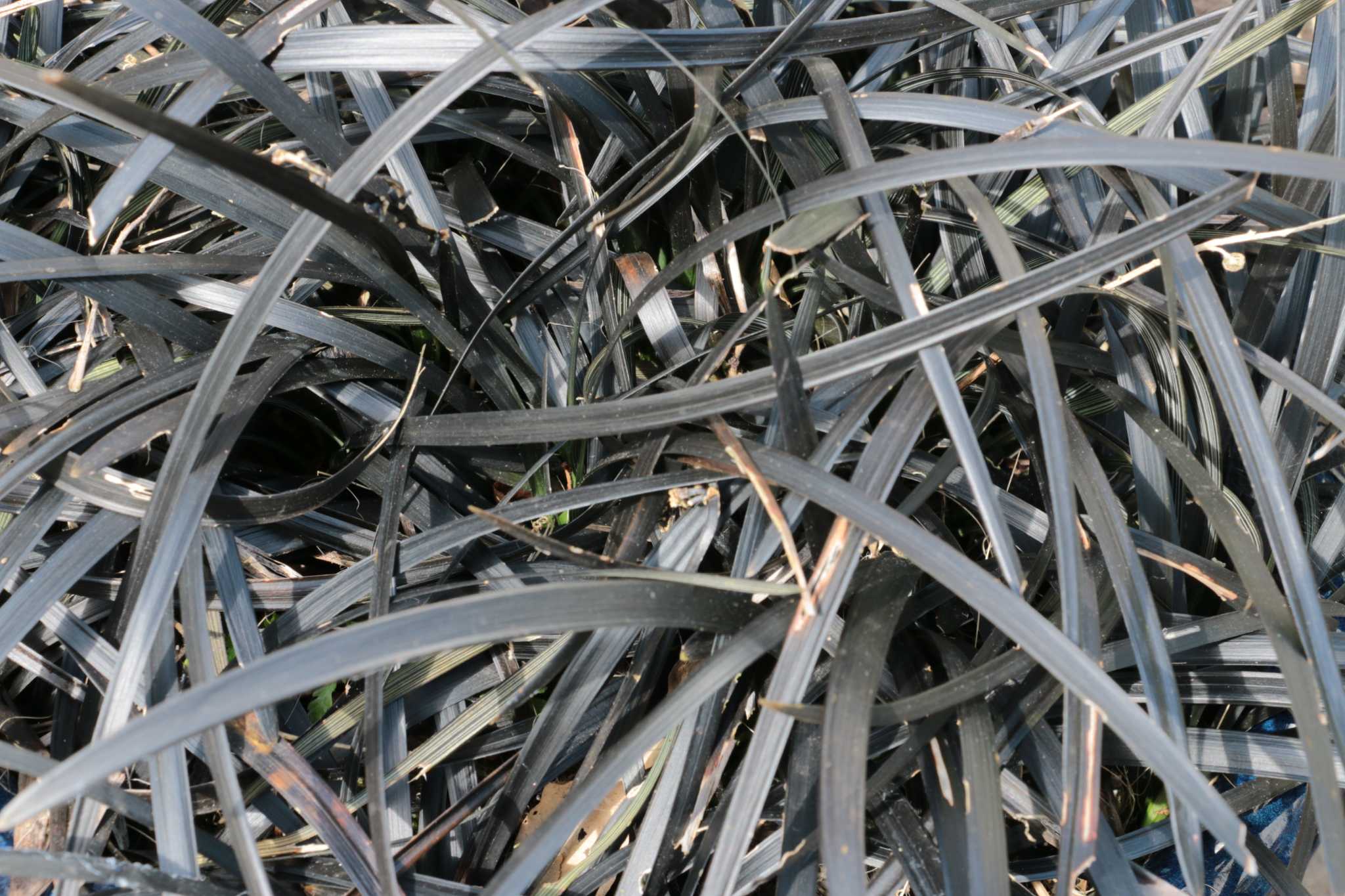
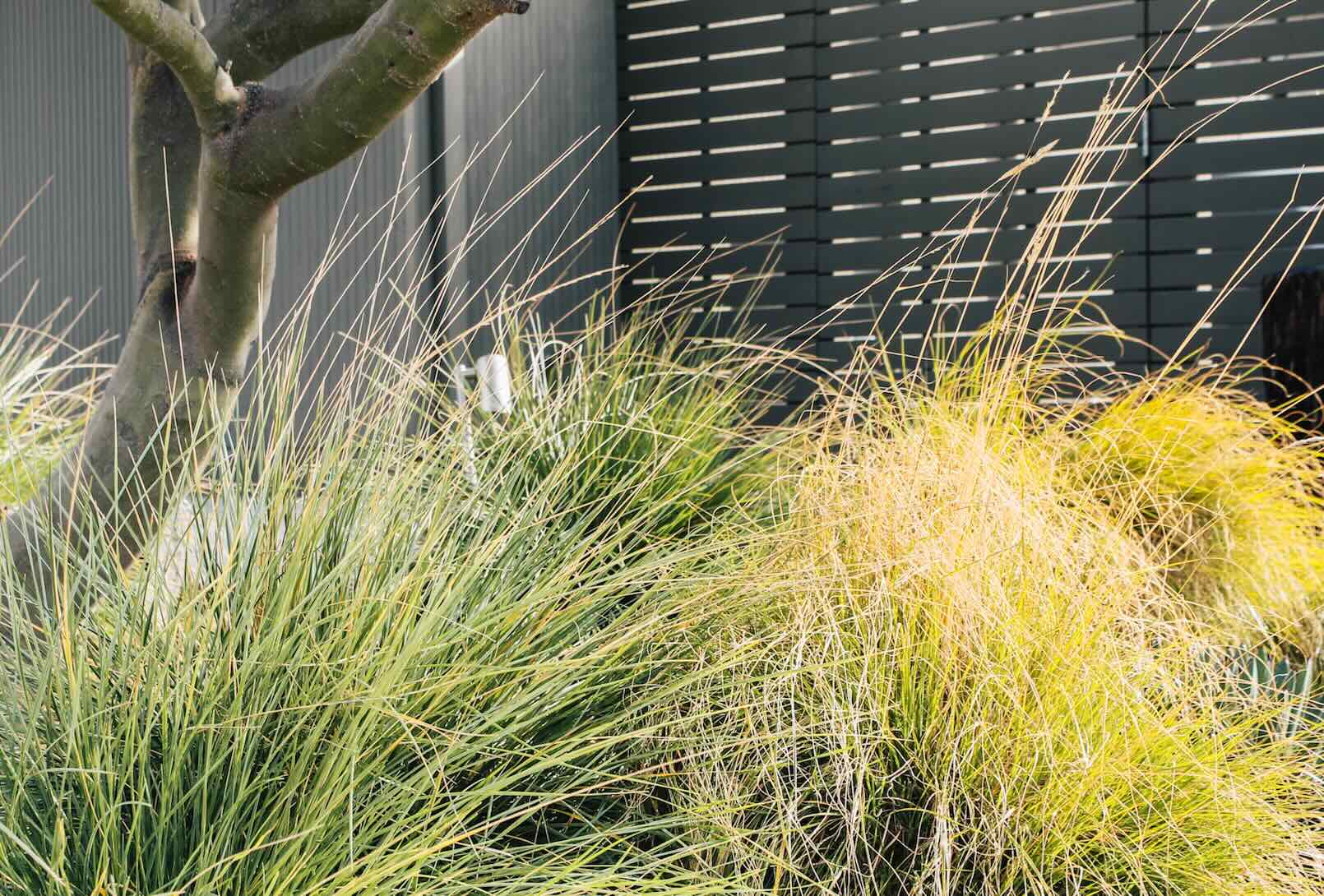
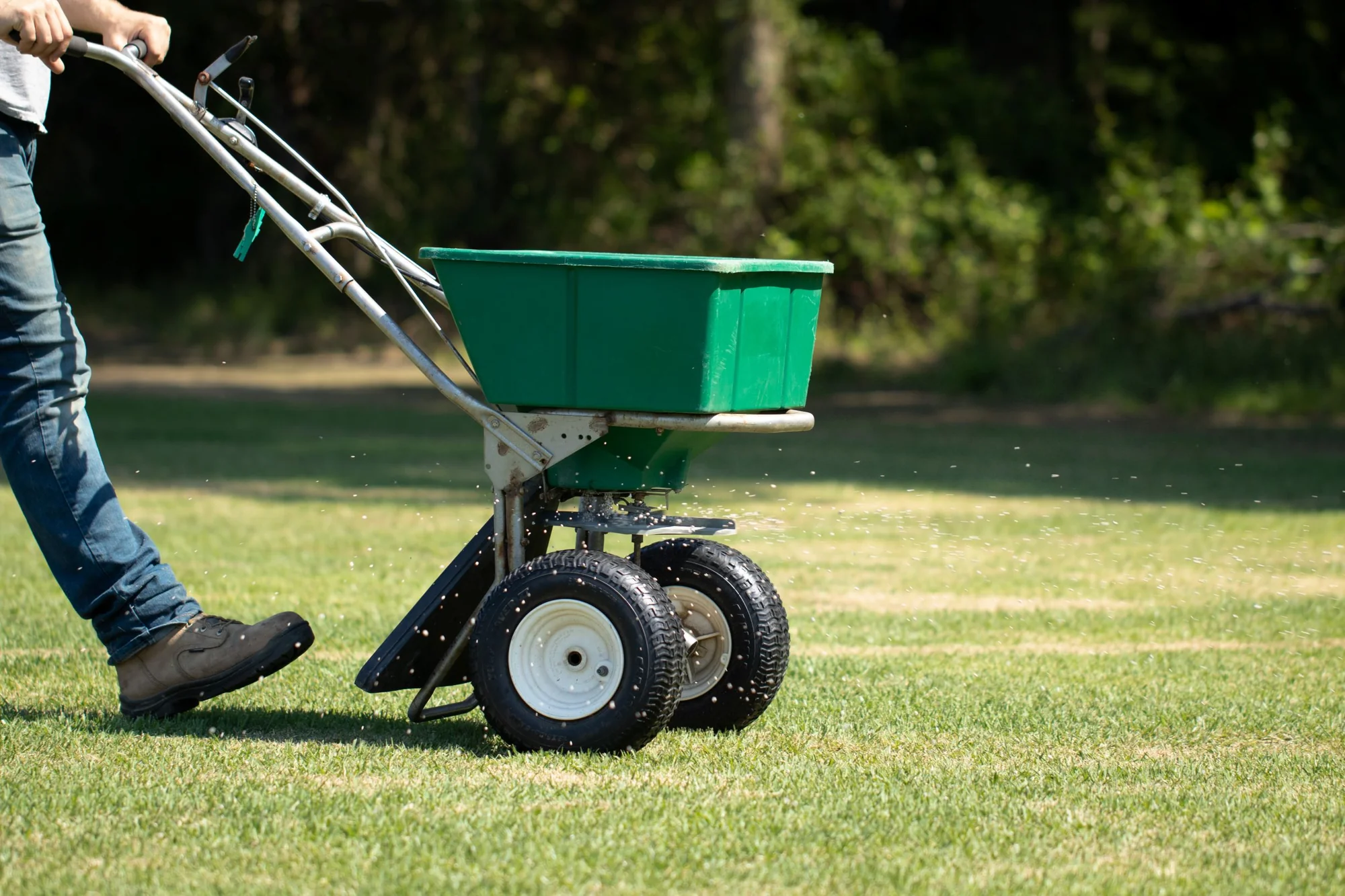
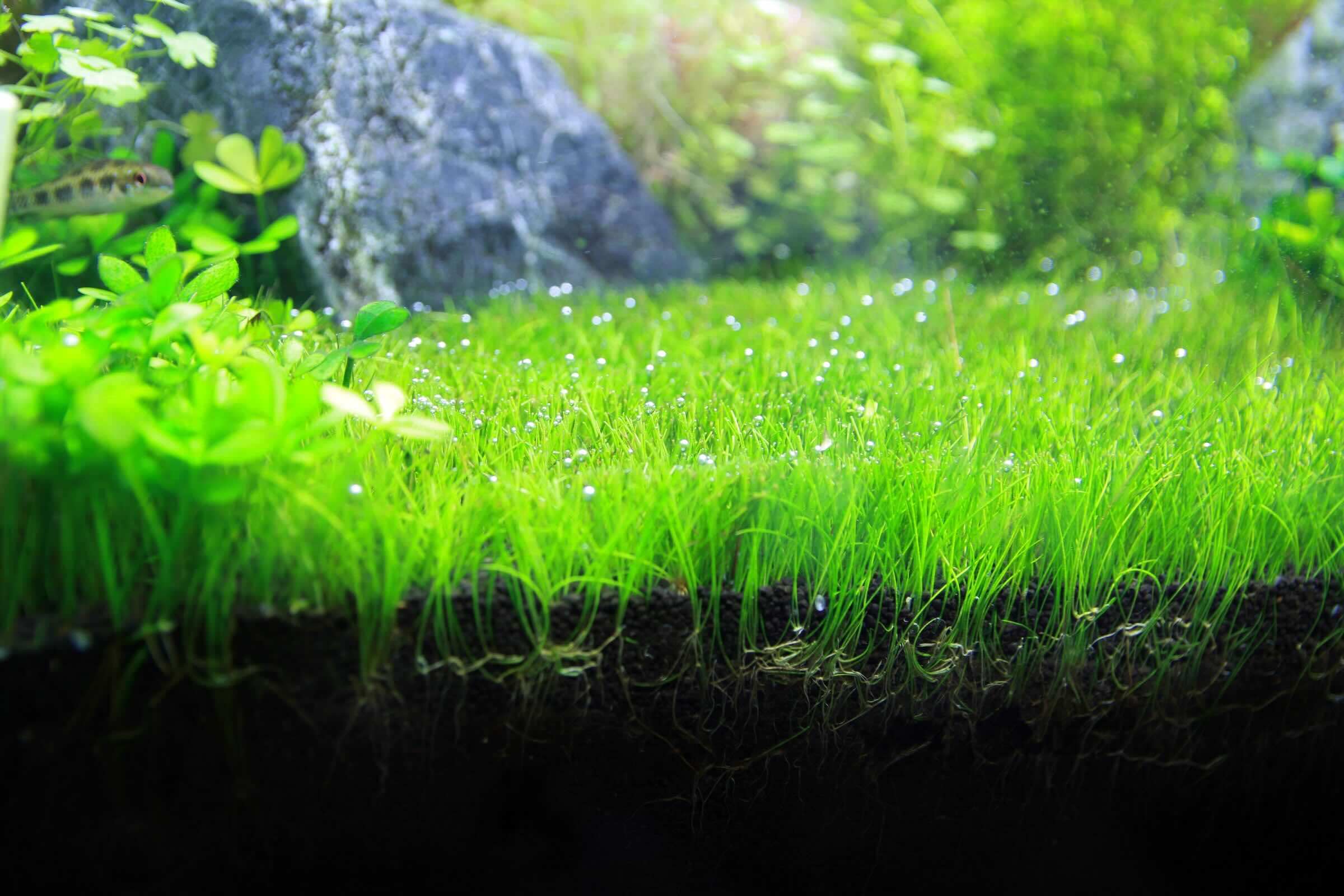
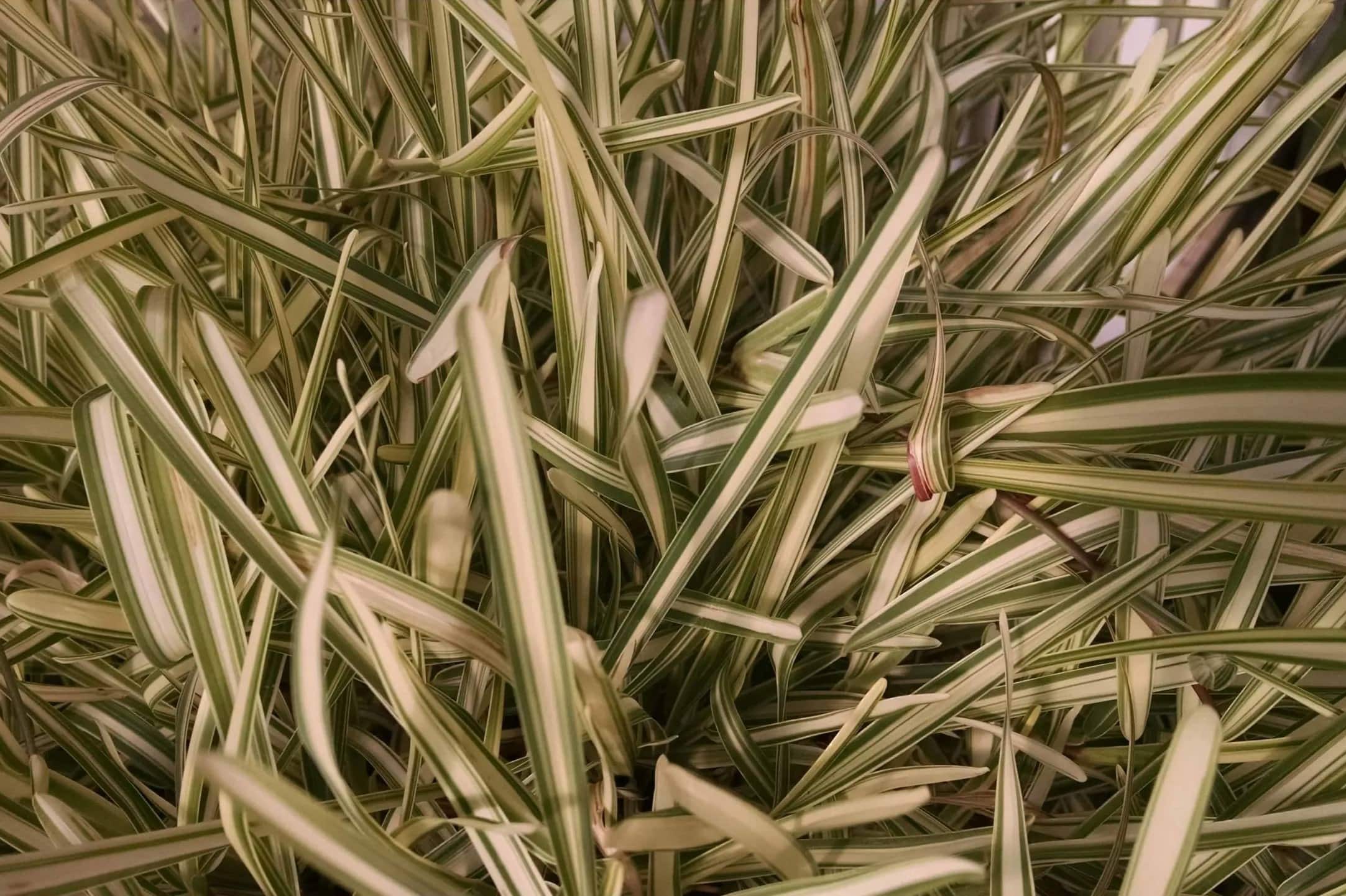
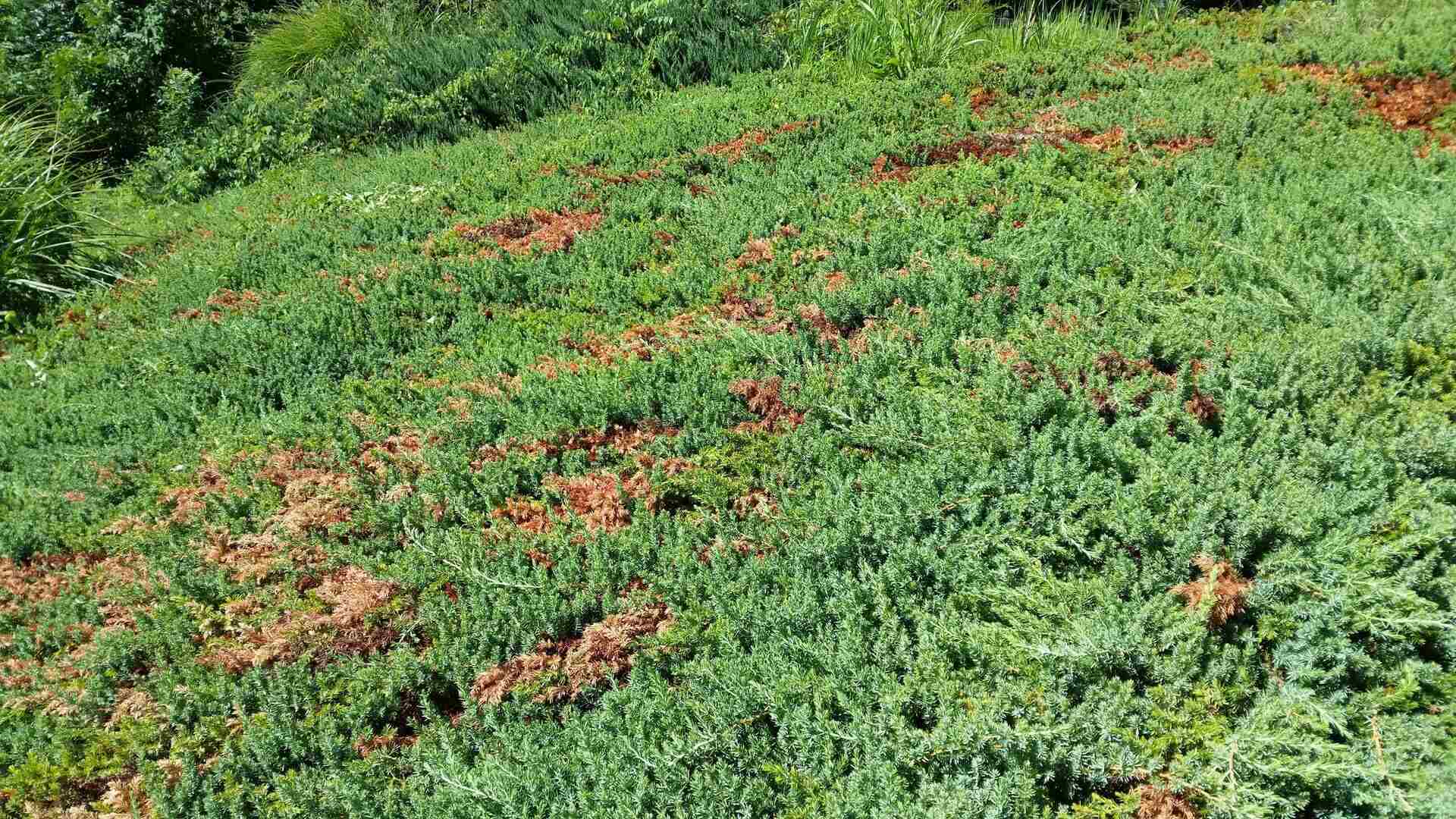
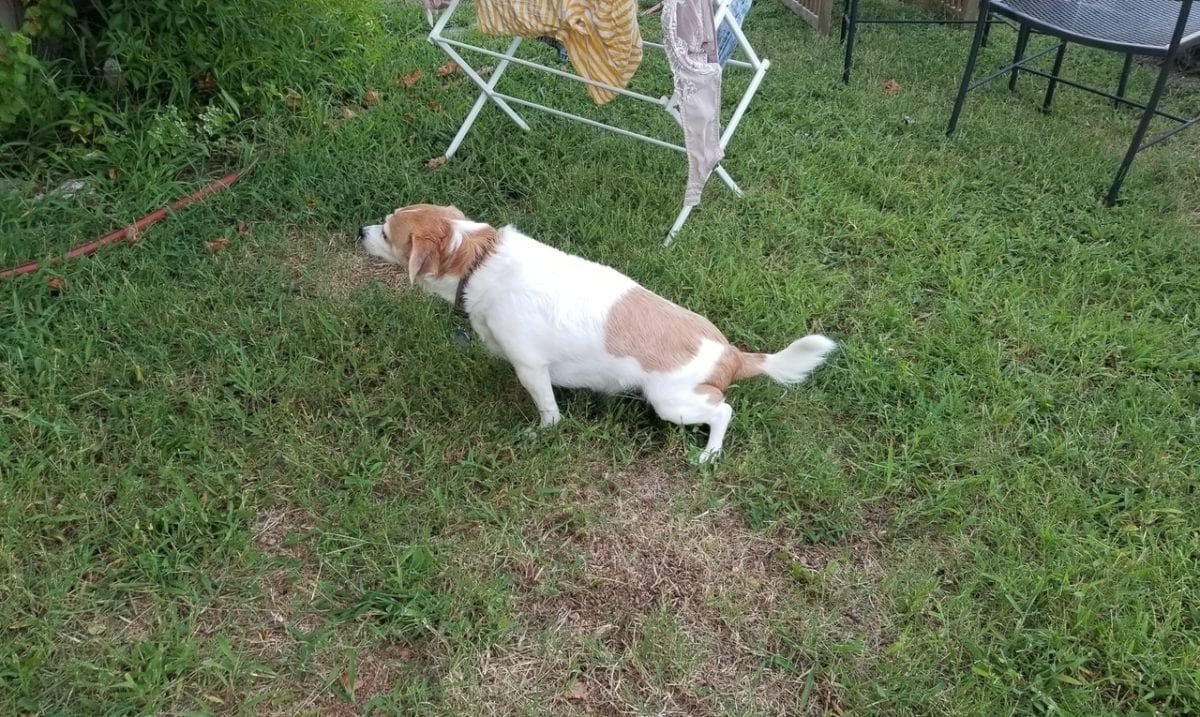
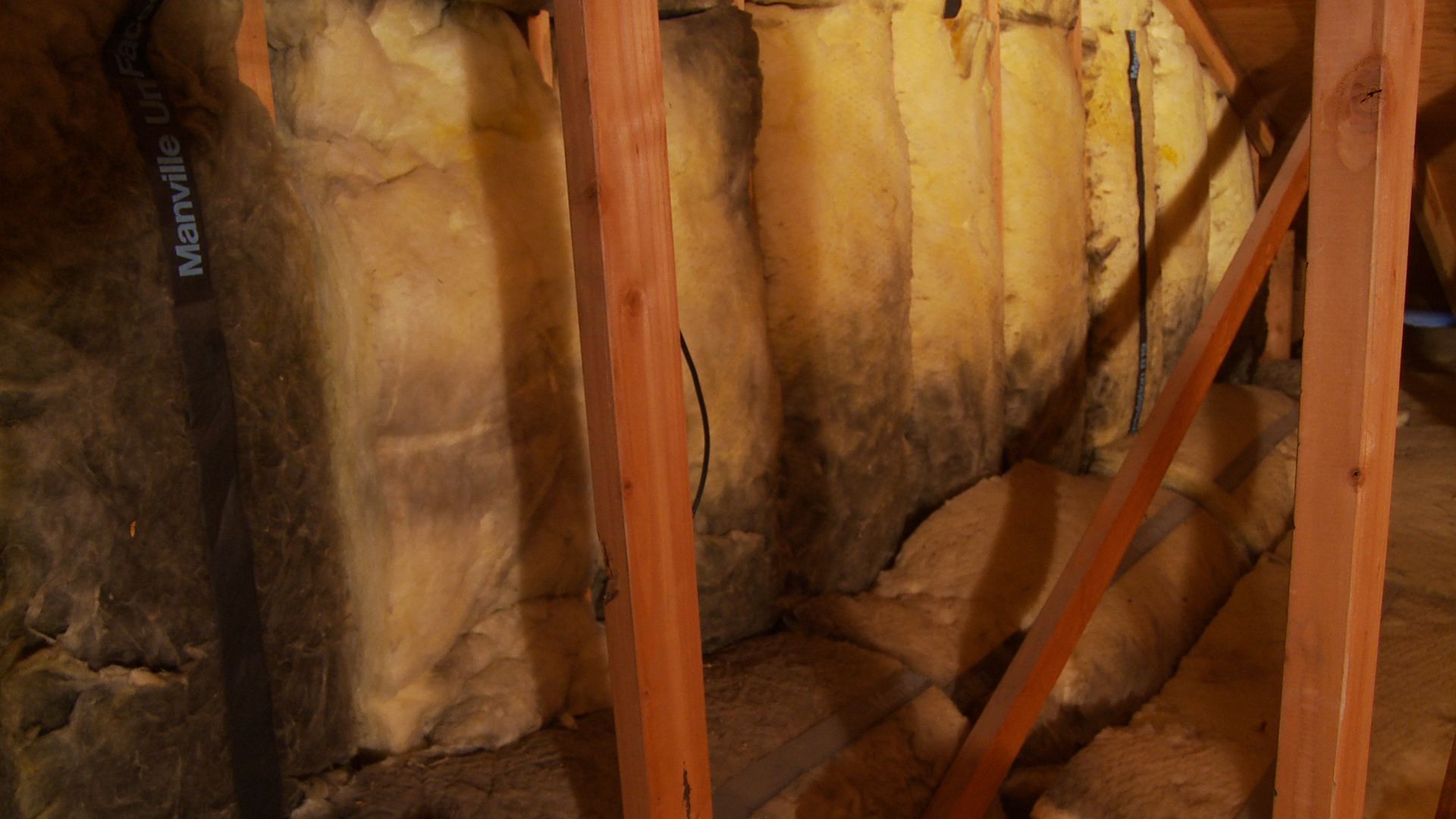
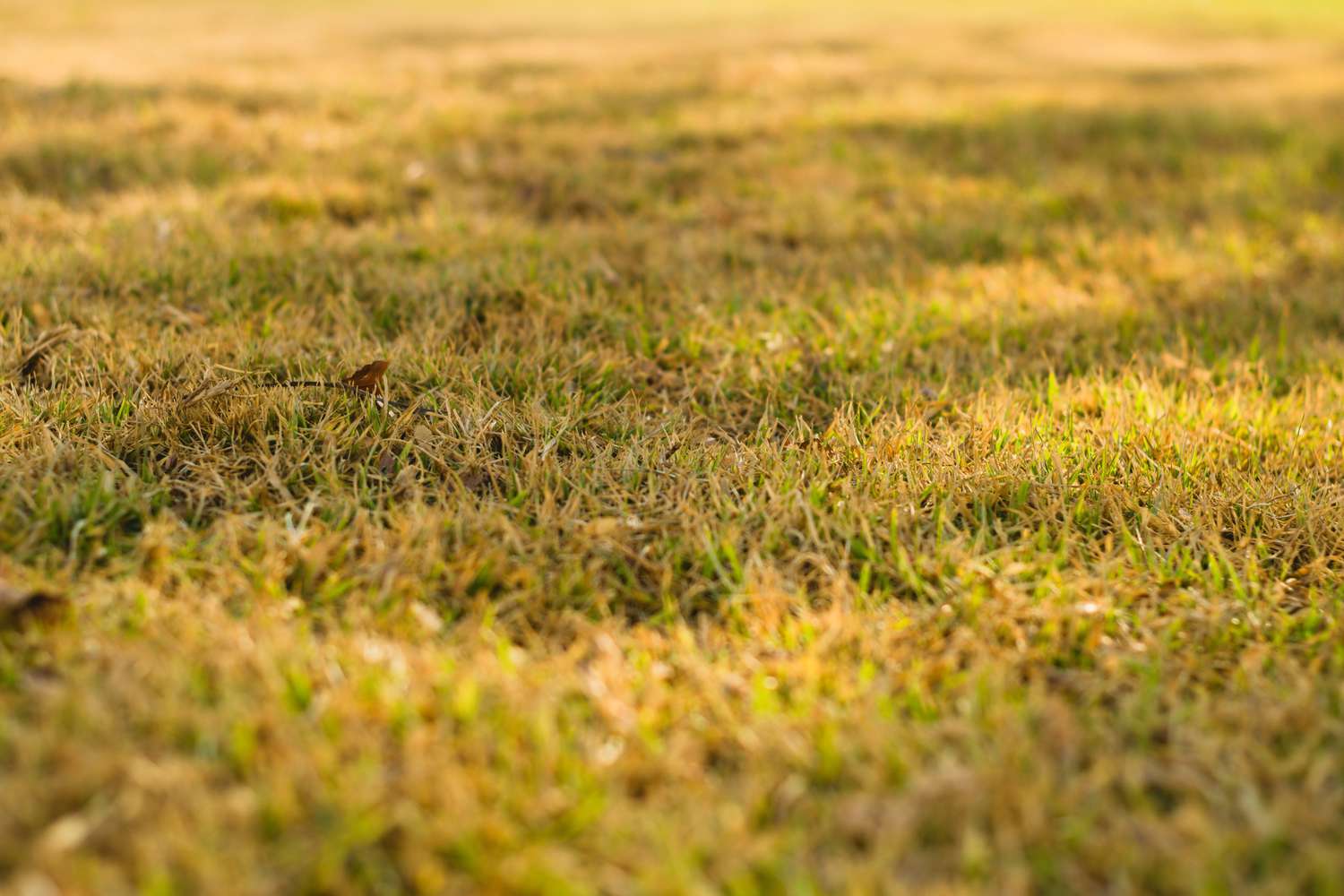
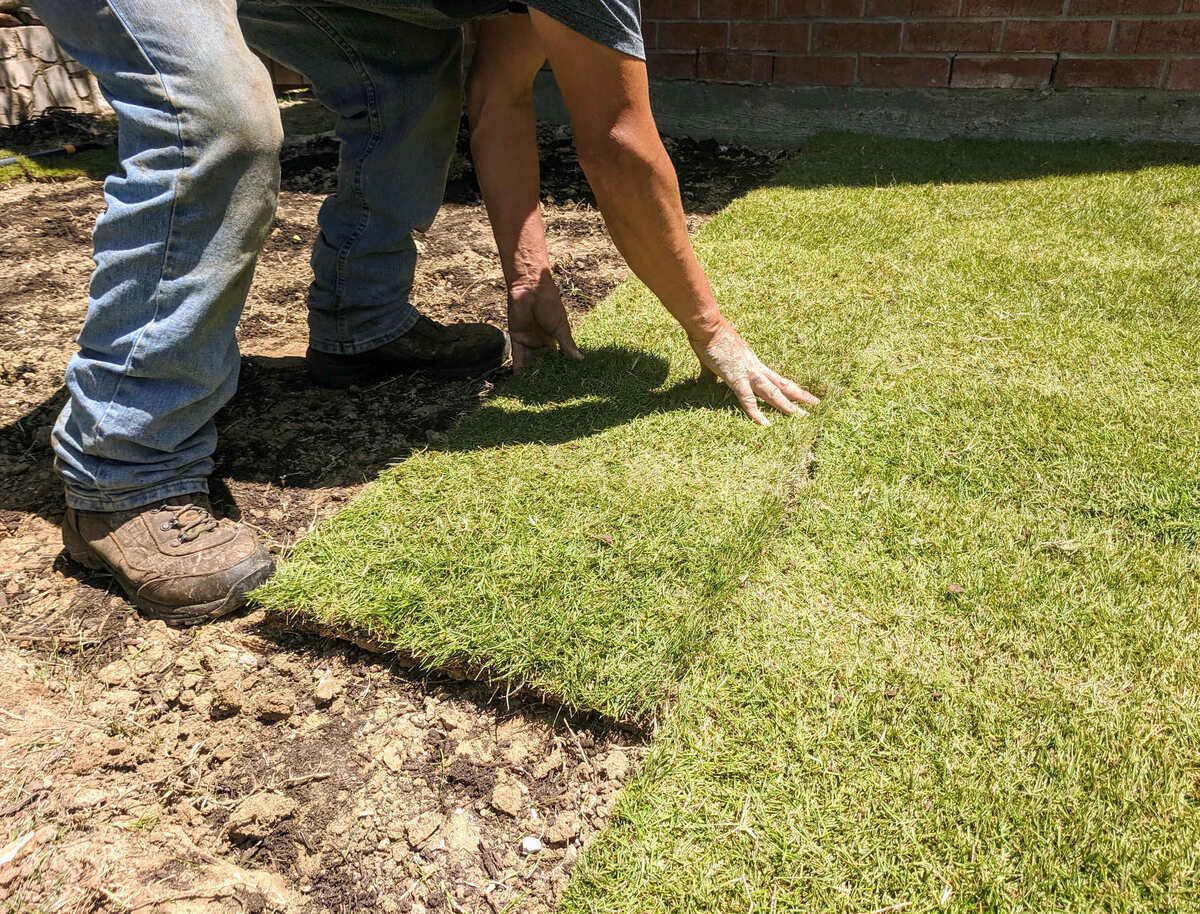
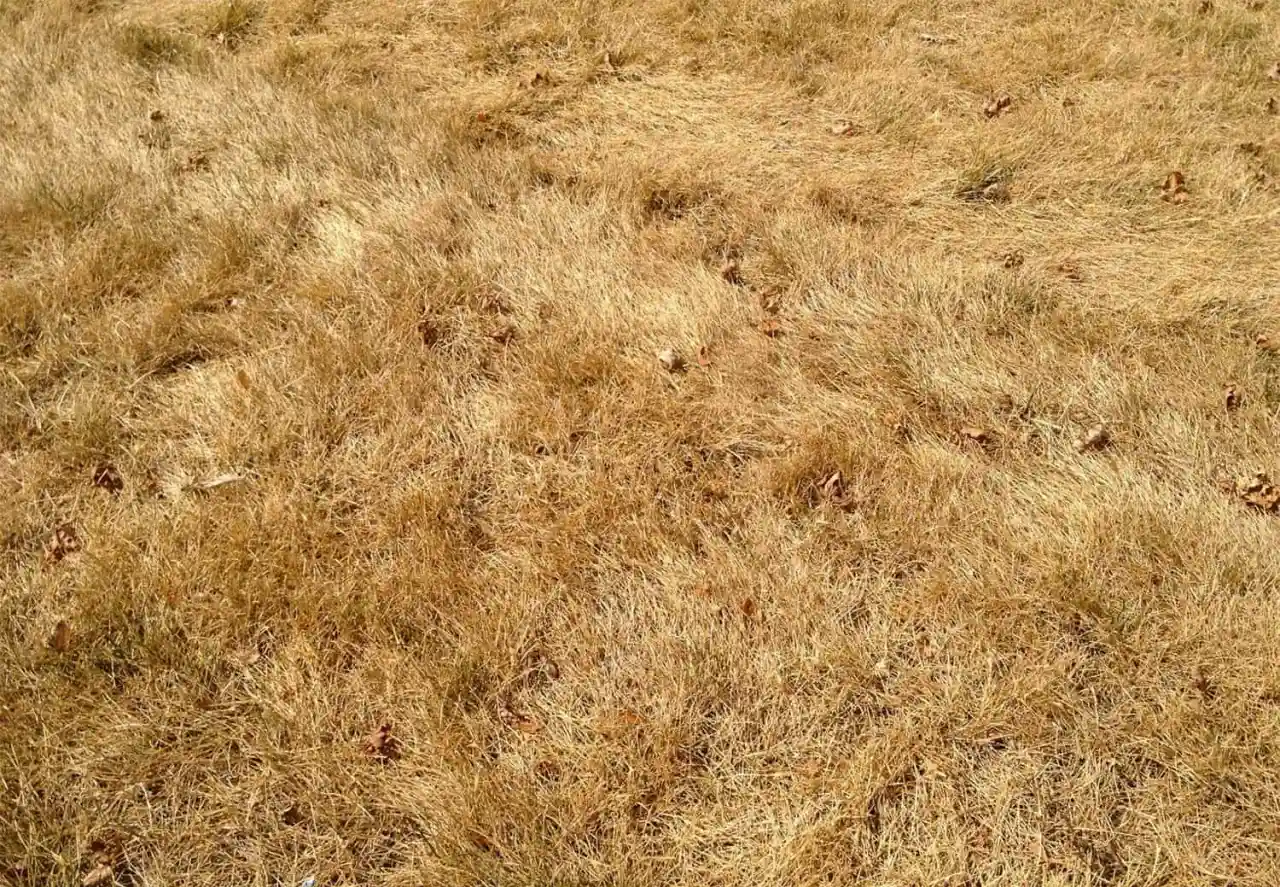

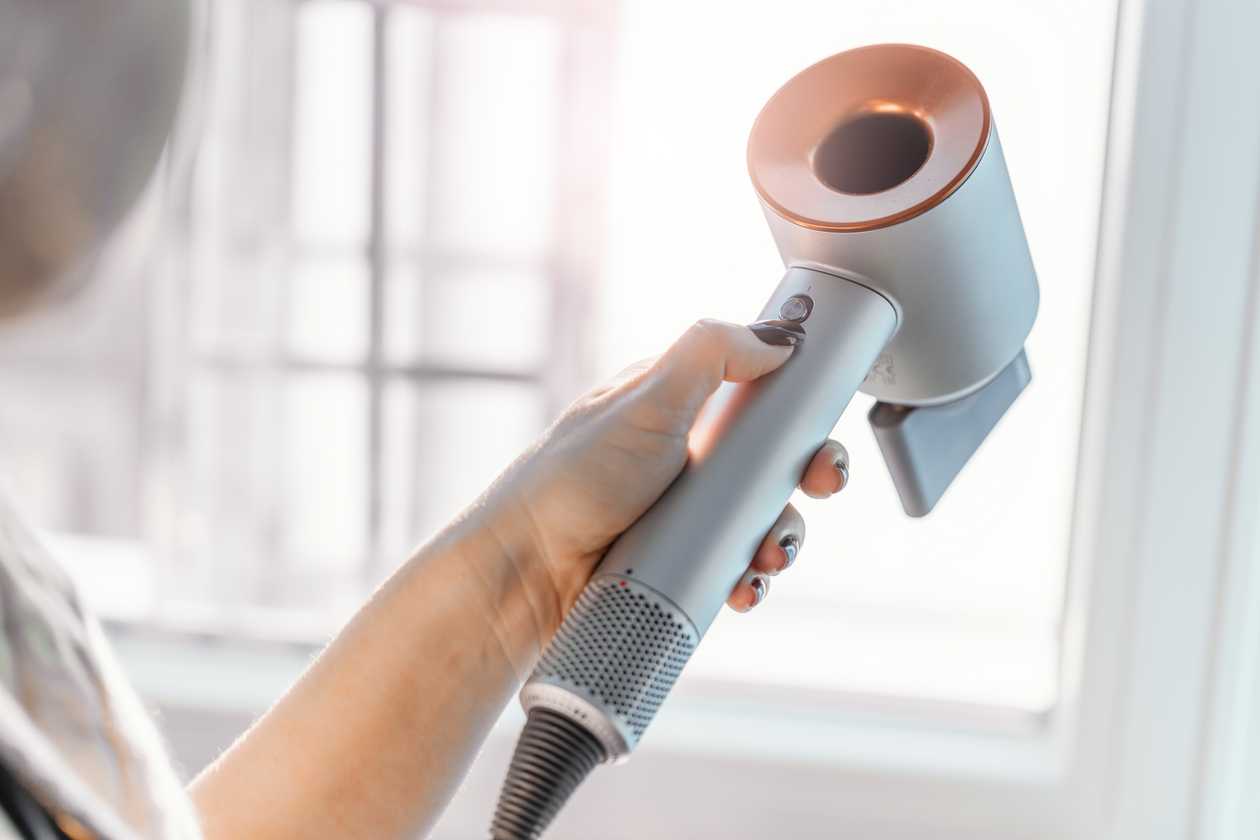
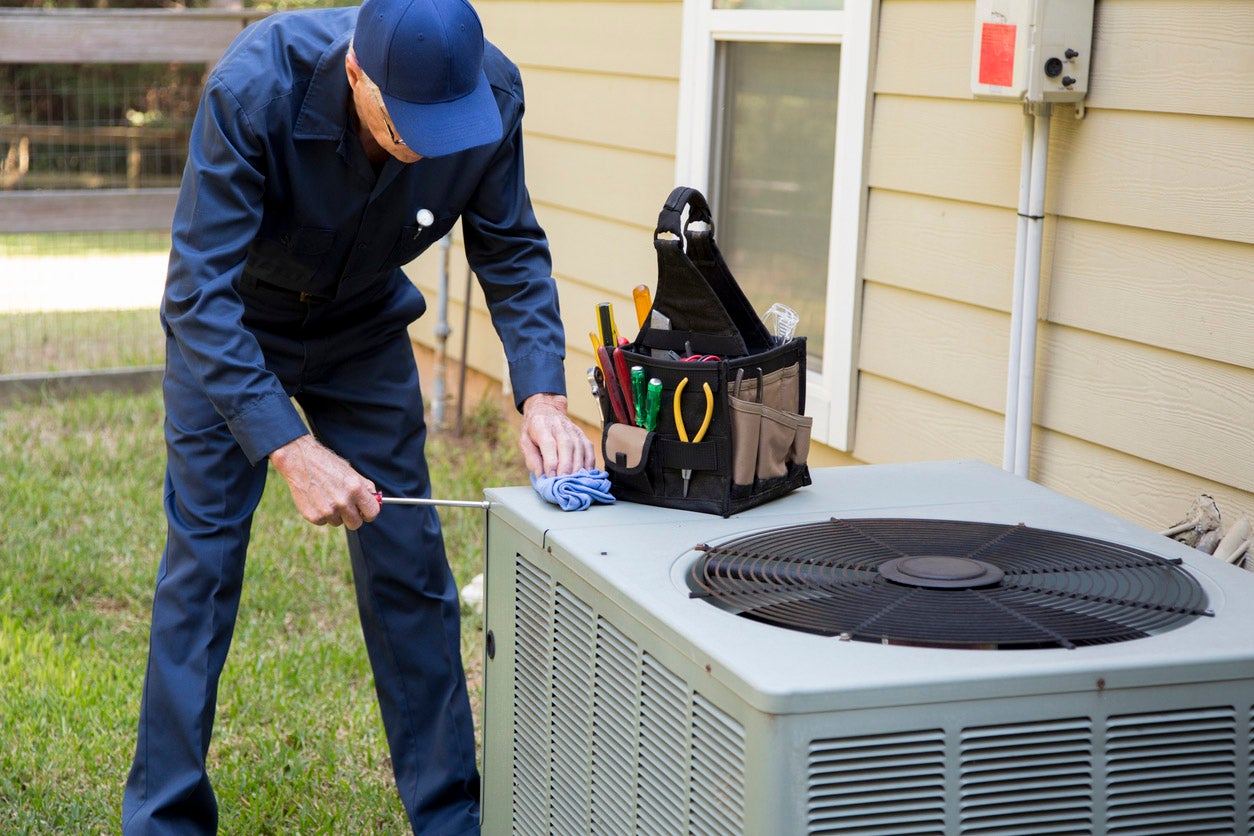

0 thoughts on “Why Is My Zoysia Grass Turning Black”